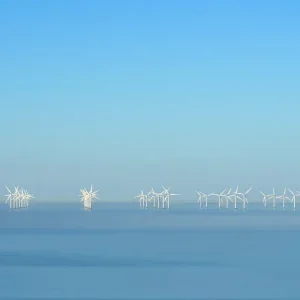Nexans’ superconductor specialists have successfully concluded the Endesa Supercable project while setting a new world record. In December 2009, the single-phase, medium voltage cable (24 kV) carried 3,200 A in laboratory conditions, almost 10 percent more than any installed medium voltage cable worldwide. During ten load cycles of 24 hours the rated current was applied for 8 hours per cycle while the cable was subjected to twice the nominal voltage continuously.
The project partners, Nexans, and Endesa S.A. together with the ICMAB-CSIC Institute for Materials Sciences (Institut de Ciència de Materials de Barcelona – Consejo Superior de Investigaciones Científicas) are planning an installation in a power grid as the next step. The 30m long demonstration cable, including associated terminations and cryogenic equipment, has demonstrated viability in the Nexans laboratory in Hanover. The superconducting cable withstood test protocols incorporating varying loads, with voltages exceeding the nominal value.
“The Endesa Supercable demonstrates the possibilities that exist for the power grids of the future”, commented Frank Schmidt, head of the HTS Systems division at Nexans in Hanover. “High-power network sections can benefit from superconductor cables which provide an alternative to traditional technologies by transmitting the same power at a lower voltage. Both the number of transformer stations and total losses in the network can therefore be minimised and the associated savings will help superconductors to become economically viable in the coming years”.
There are other advantages to superconductor cables. Despite their outer cryogenic sheath (the thermal insulation), they still take up less space than similar copper cables while providing the same power transmission capacity, and they emit neither electromagnetic fields nor heat. This makes it possible to space the cables phases closely together, which allows underground space to be used more effectively. This is especially advantageous in densely populated city centres.






